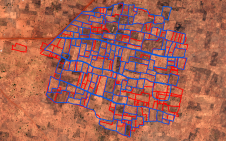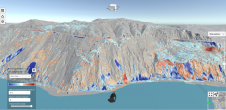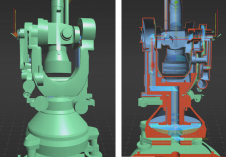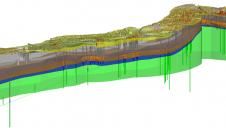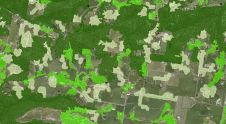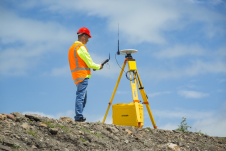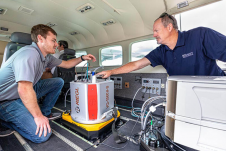Product Survey GNSS Receivers
In contrast to that of 2005, this product survey on GNSS receivers does not reveal any remarkable technological break-throughs. Manufacturers are increasingly producing systems able to receive Navstar, Glonass and even Galileo signals.
This year we have replaced the term GPS (Global Positioning System) by GNSS, because GNSS (Global Navigation Satellite System) better describes the significance and use of these receivers. From providing only position (where am I?) the receivers have evolved into real navigation systems (how do I get to get where I want to go?) The receivers listed here represent the high-end segment of a pyramid-shaped market.
Like all electronic devices, GNSS receivers are becoming smaller and lighter; onboard software is performing better and faster, interfaces are becoming more transparent and the number of simultaneously tracked satellites is on the increase, all whilst the price remains the same or even falls. GNSS receivers are evolving into systems that gather all kind of information or, put in another way, GNSS receivers are becoming more and more integrated with other systems. Perhaps GNSS receivers that provide only position and time will disappear from the market with the growing need to simultaneously collect position, time and other types of information.
Just two decades ago, a receiver weighed over 25 kilos, was very voluminous, cost more than US$200,000 and was difficult to operate. As there were only a few satellites in orbit, the surveyor had to download an almanac to determine at which moment of the day a satellite constellation would enable calculation of a position. The modern GNSS receivers weigh less than a kilo, cost less than US$5,000 and perform significantly better than their predecessors. And since the total number of satellites will increase within a few years to number approximately seventy, downloading an almanac now belongs to surveying history.
The Technology in Focus feature in this issue elaborates on the characteristics and development of GPS and Glonass.
Make your inbox more interesting.Add some geo.
Keep abreast of news, developments and technological advancement in the geomatics industry.
Sign up for free


